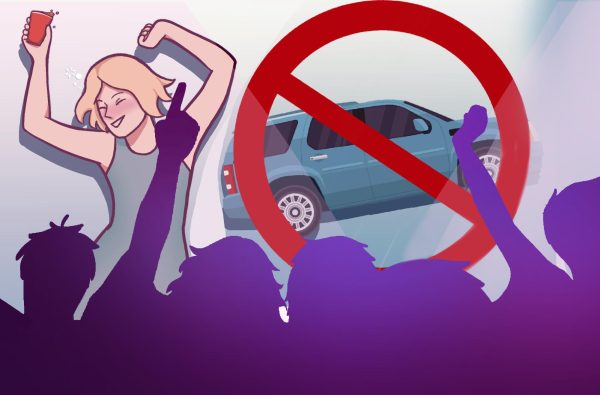Prepping for the road
March 7, 2014
Someone not famous enough to have their name remembered once said, “It’s all about the journey, not the destination.” Clearly, this person never took a 19-hour car ride from Southern Washington to Disneyland in Anaheim, Calif.
With a lot of my family in California, I found myself taking part in at least one road trip every year since I was six years old. Each one took between 12 and 19 hours, with all of the driving done in one long stretch.
Finding activities to make the time go by was rough but became easier with every trip. Often I packed movies or slept. But finding something to do during a never-ending road trip is not the only challenge. When planning trips like this, another problem is money.
Based on my own experiences, I have some ideas on how to make the lengthy trip more cost-effective.
Try to spread out stops at gas stations to maximize fuel use. Don’t keep going until you’re absolutely out of gas or you might end up stranded on the side of the highway.
Plot out the gas stations on your route. Start putting aside extra money to pay for gas months in advance and research places that provide fuel discounts.
Discounts are important when reserving hotel rooms, too. Student discounts can save you a lot.
To determine if stopping at a hotel and spending money on a room for the night is required, take into account the time spent on the road trip and plan accordingly. Road trips lasting less than 24 hours can be taken within the 24-hour time limit.
For my 12 to 16 hour drives to my grandparents’ house, my family and I would wake up around five in the morning and drive the entire day, arriving at our destination sometime in the late evening.
Some road trips will take more than a day’s worth of driving. This doesn’t mean a hotel room is necessary. Appoint two or three people to be drivers and alternate throughout the trip. The driver on deck to take over would benefit from sleeping for a couple hours to stay awake when it’s their turn.
Whenever my family takes long drives, we sometimes stop for snacks at gas stations or fast food places. But most of the time we pack a small cooler or two of drinks and snack foods for our breakfast, lunch and dinner of the day.
Packing a picnic not only saves money from restaurant prices, but also provides the chance to bring healthier foods like pretzels, veggies, and water. Take advantage of rest stops while on the I-90 to use the restroom and stretch your legs while having lunch.
Take these tips into account when planning any spring break road trip you might take and you’ll be more prepared for the drawn-out journey. Happy trails!





















